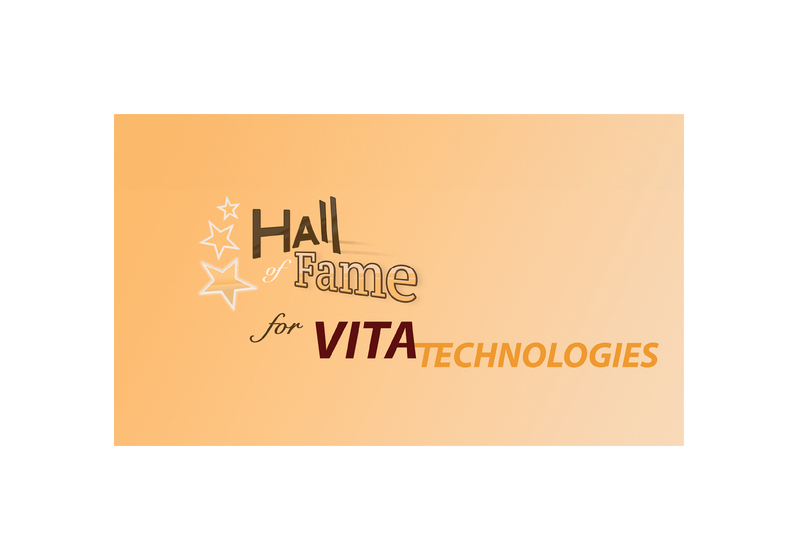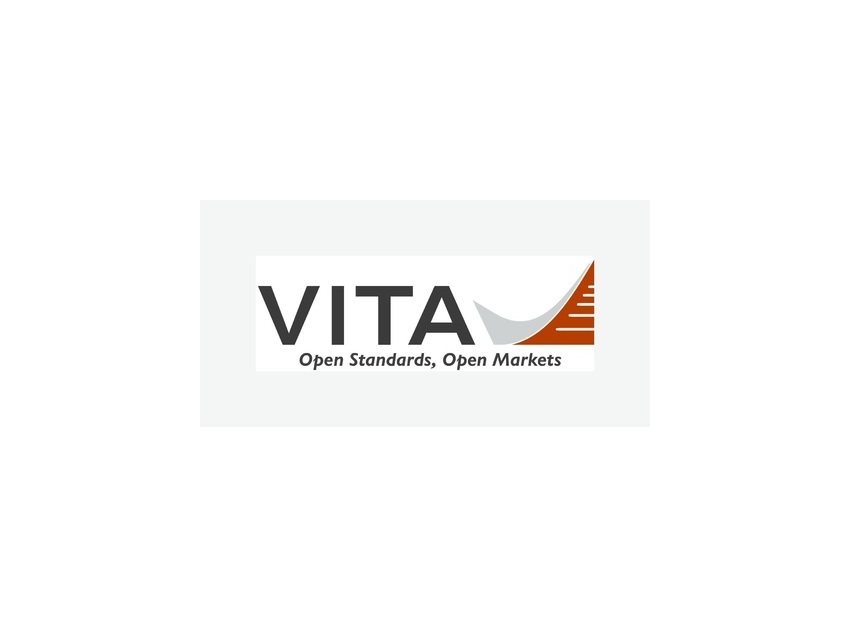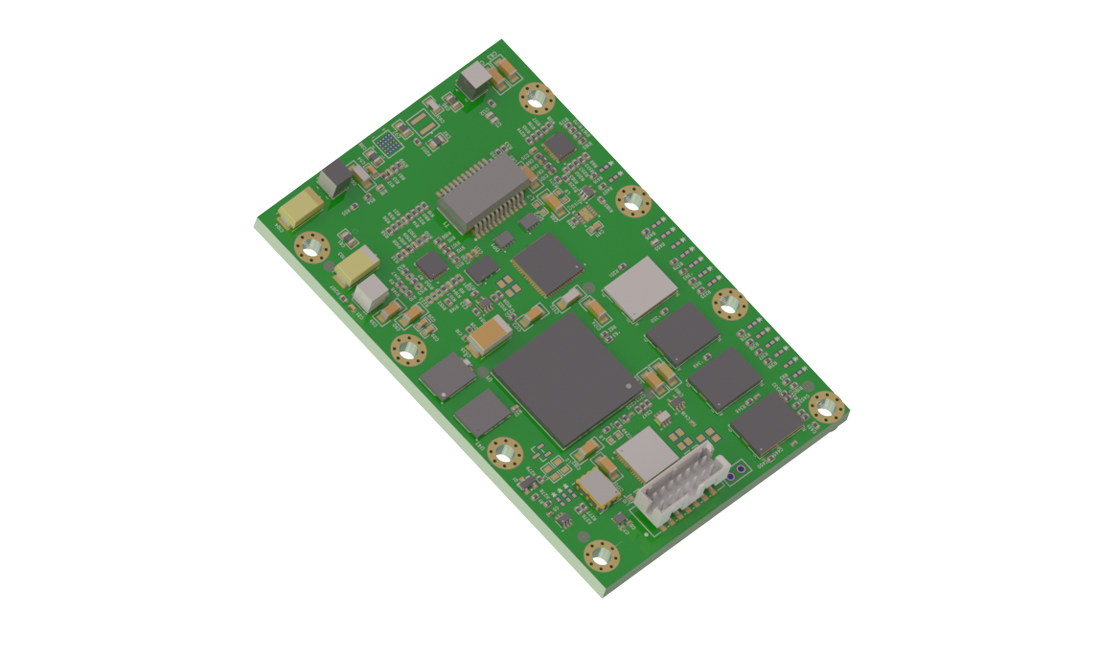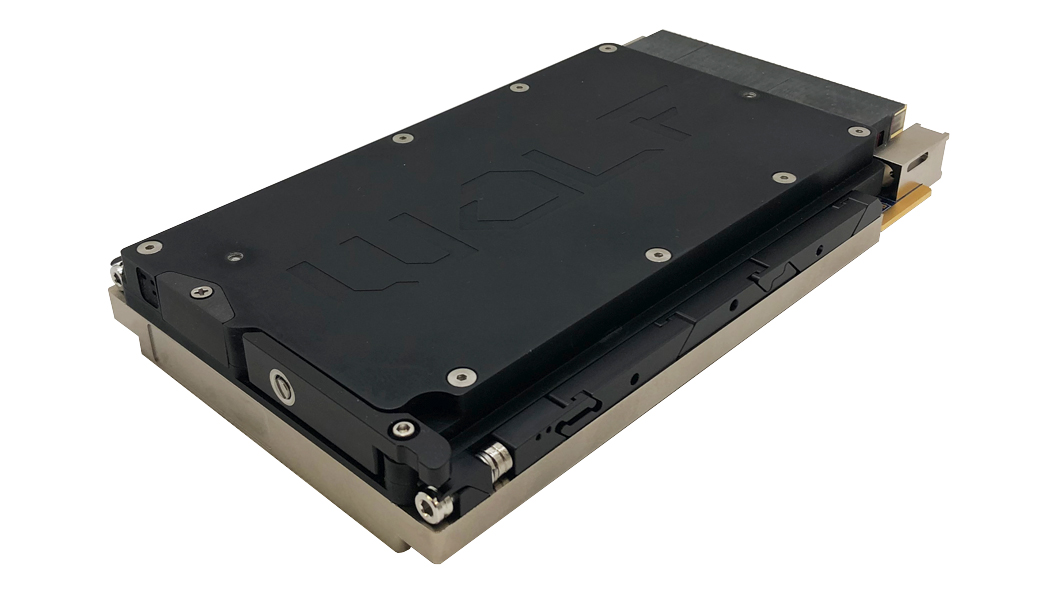For the last ten years the military has been concerned with applying the “COTS mandate;” that is, Dr. Perry’s 1994 edict to use Commercial Off-The-Shelf products and practices in lieu of military specifications. Nowhere has the COTS challenge been more difficult than with commercial components, forcing designers to:
- Marry the military’s 10+ years’ life-cycle requirements with rapid IC obsolescence, and
- Scour the data books to choose components that would reliably withstand extended temperature operation.
Turns out that just as the industry is really getting a handle on these issues, and our fighting forces are enjoying the leading edge technology they deserve, along comes the European Union’s 2006 Restriction of Hazardous Substances (RoHS) directive. While RoHS has acute ramifications to the military, it will affect all industries—especially those such as medical and telecom with long in-service or storage requirements.
In short, RoHS requires sweeping restrictions on toxic chemicals and materials in products sold in the EU. For those of you familiar with California’s infamous Proposition 65 (Safe Drinking Water and Toxic Enforcement Act of 1986) that forced “hazardous materials” signs to be placed on everything from gasoline pumps (gas used to contain lead) to parking garages (hazardous automobile exhaust fumes), RoHS takes Prop 65 to a grander scale. In the electronics industry, the biggest problem is a complete removal of the lead in lead-tin solder. This solder can be used inside ICs, but most commonly is the material that coats the leads or balls (on a BGA package) and affixes them to a PWB.
What’s the big deal? Everyone knows that elements like lead, mercury, cadmium, and others are dangerous – why not stop using them if possible? Engineers discovered early in the last century that a Pb-Sn composition offered great conductivity, adhesion, reflow, and corrosion resistance. And while there are certainly other solder compositions – containing silver (Ag), nickel (Ni) and other elements – by removing the lead the metal has a tendency to grow little hair-like dendrites called “tin whiskers.” The whiskers are actually kind of cute and interesting when examined under a microscope or SEM, but are an absolute nightmare in electronic components and assemblies.
Tin whiskers, as the name implies, grow like hairs from the solder’s surface over a long period of time. Since they’re conductive, they can grow long enough to create electrical connections between metals that shouldn’t exist, causing devices and entire systems to short out. Although tin whiskers were identified a long time ago, the exact chemical and atomic mechanism that causes them is not known. What is known is that environmental conditions have an affect on their growth, as does the presence of lead in solder. Removing the lead dramatically exacerbates the problem in metals such as tin, zinc, gold, and even cadmium.
Since the presence of tin whiskers is rarely obvious to the naked eye, mysterious system behavior, faults, or failures often occur, such as the shut down of Connecticut Millstone Nuclear Power Station in Spring 2005, when its Unit 3 reactor accidentally tripped because of a tin whisker in a control circuit. The problem is even worse in defense systems such as smart munitions, which sit unused for years and decades. RoHS-compliant leadless solder would certainly facilitate tin whiskers, putting military systems and lives at risk all over the world.
But why does an EU directive affect American and Canadian electronics? Because Europe represents a big market, other “green-oriented” countries are following along, and IC and component manufacturers can’t possibly manage the logistics and configuration management of manufacturing devices with and without lead in their soldered leads. And while military equipment is for now exempted (that is, lead-containing military systems can be imported and sold in the EU), it won’t matter. COTS-based defense systems will soon contain RoHS-compliant electronic components that are tin whisker time bombs.
For now, there’s no silver bullet, no magic answer. The embedded industry and the US military is barely beginning to understand the ramifications of lead-free solder on high-tech equipment. Make no mistake: this is a big problem in the making. Just when we started to get this COTS thing under control, the next 10-year problem just popped up.
Editor’s note: For a good overview, complete with links, refer to our sister publication CompactPCI and AdvancedTCA Systems’ update (PDF).






